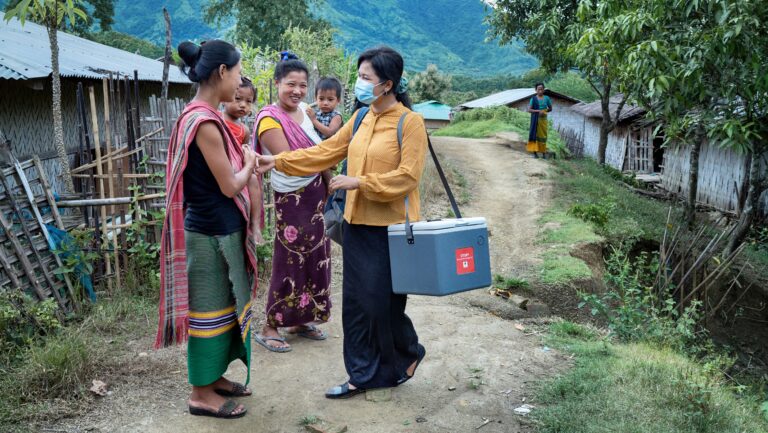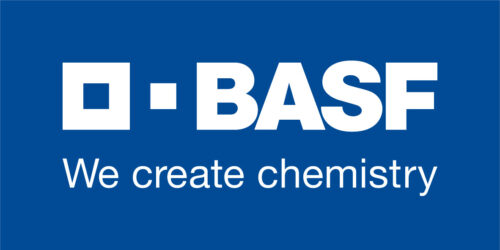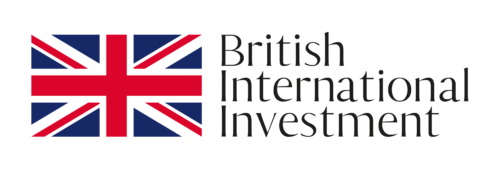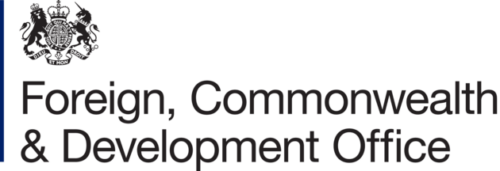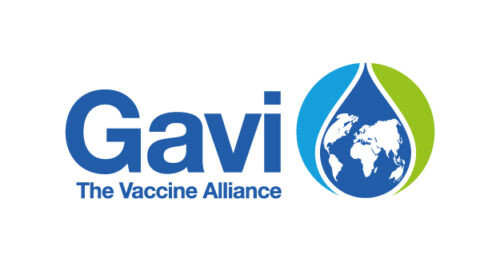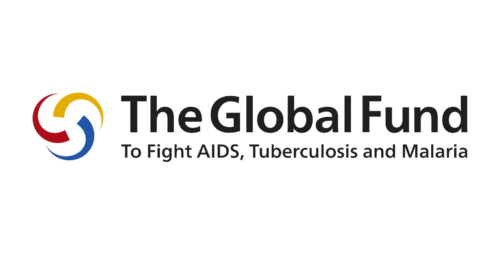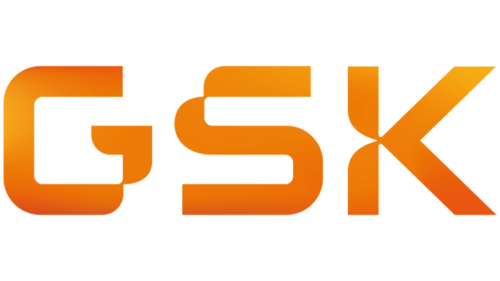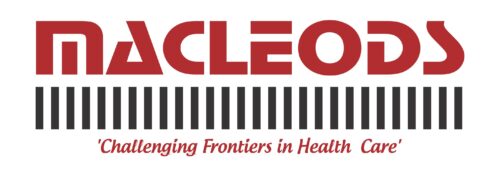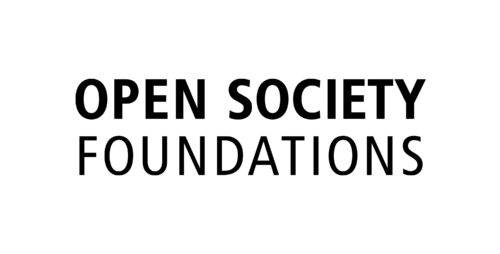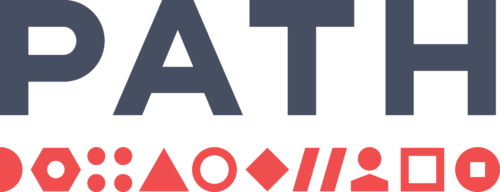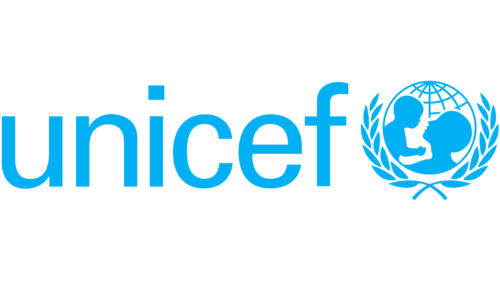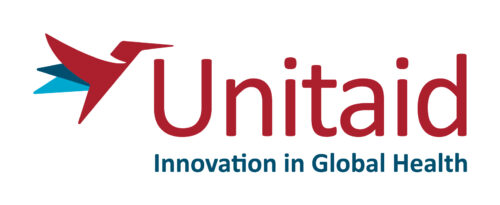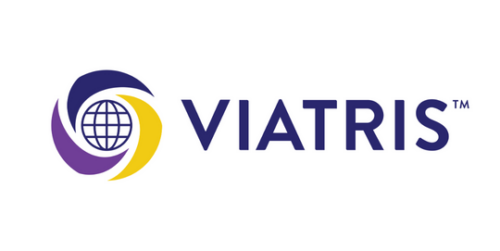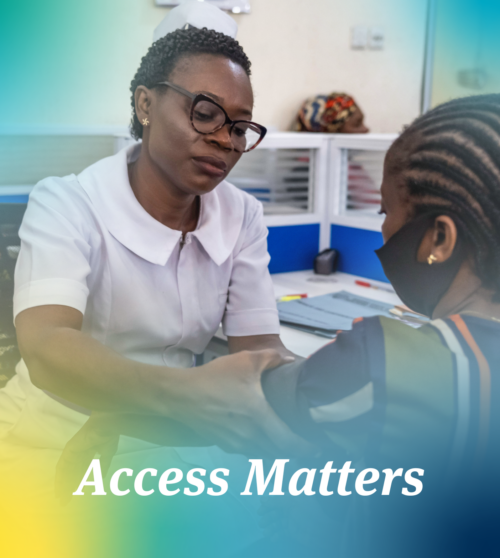Implementing volume guarantees for lifesaving health products
by Evans Mburu
Evans leads on post-execution success of our guarantees. Here he explains how we help to ensure health products reach the people who need them.
29 June 2023 | Insight
It is an exhilarating time at MedAccess as we share the far-reaching impact of our work implementing agreements for better access to healthcare products.
2022 was an incredibly busy but productive year at MedAccess. We scoped a wide range of ambitious agreements focussed on improving access to healthcare in underserved communities. Simultaneously, we continued to collaborate with our existing partners to implement agreements within our portfolio.
Witnessing the impact we have achieved in our first five years is truly thrilling. Our impact figures serve as indicators of the significant strides we are making in pursuit of our mission. However, they also serve as a stark reminder of the implementation work that lies ahead of us as we strive to bridge the gaps in access to healthcare products for those who need them.
Partnerships for impact
To succeed in improving access to lifesaving health products, we work in partnership with key actors of our target health markets. Our partners are typically health product manufacturers, procurers, health market access institutions and ministries of health. Without the willingness and active participation of each of our partners, MedAccess’ mission would be impossible to achieve.
To facilitate the implementation process, we often enlist the assistance of technical partners who possess the necessary expertise in product introduction or scale-up and on the ground cover. At a minimum, our engagement with these technical partners helps us to establish the following:
- pathways for product introduction or scale-up
- preferences of procurers and funders
- relationships with key stakeholders in each country
- potential risks that may hinder the expected downstream impact.
I would like to draw attention to two agreements whose implementation tenure ended on December 31, 2022: the volume guarantees for viral load testing and next-generation mosquito nets. These agreements have had a profound influence on shaping the market and have strongly affirmed the effectiveness of our tools, albeit with challenges along the way.
Enabling more patients to know their HIV viral load: Hologic Volume Guarantee
Changing the market situation
Our viral load testing volume guarantee was designed to address low HIV viral load test uptake in low- and middle-income countries (LMICs). The market was characterised by high prices, lack of price transparency, poor instrument service and maintenance practices, as well as programmatic and funding barriers.
Through a partnership with Hologic Inc. and the Clinton Health Access Initiative (CHAI), we were able to introduce a novel approach to purchasing viral load testing requirements in LMICs: all-inclusive pricing. Under this approach, countries and funders now pay a single price covering instrument placement, service and maintenance, kits and consumables, training, replacement kits and logistics. Countries that adopted the Hologic offer benefitted from a significant average price reduction of between 8-49%.
The adoption of the all-inclusive pricing model by the largest HIV viral load test procurer, PEPFAR, prompted other suppliers to align their pricing models accordingly. Consequently, countries now benefit from lower prices and consistent testing, thanks to the model pioneered by the Hologic viral load guarantee. Sub-Saharan African countries, in particular, have seen a substantial improvement in viral load testing coverage.
Responding to implementation challenges
During the implementation of our guarantees, we often come across urgent issues that require immediate action. The Hologic guarantee was no exception. For instance, in one country, Hologic’s Panther® platform was installed in labs that had not been used for HIV viral load testing previously. Prior to installation of Hologic’s Panther® platform, HIV viral load sample transport networks did not include these labs, causing samples to be transported to distant labs. This had two major effects:
- the country was unable to take advantage of the substantially lower priced all-inclusive offer provided by Hologic;
- the extended sample turnaround times resulted in delays in providing better care for patients.
To tackle this problem, we collaborated with CHAI, the Ministry of Health and other partners to update the sample transport networks and include the newly installed labs. This initiative led to the clearance of a significant testing backlog, increased viral load testing coverage, and improved turnaround times for test results.
Addressing mosquito resistance to insecticides: BASF Volume Guarantee
Changing the market situation
Our agreement with BASF, in partnership with the Bill & Melinda Gates Foundation, was designed to drive the uptake of Interceptor® G2 next-generation mosquito nets. BASF’s Interceptor® G2 net is infused with chlophenapyr, along with a pyrethroid called alpha-cypermethrin, which helps tackle insecticide resistance. This net supports global efforts to address worsening resistance to pyrethroid-only treated nets and reverse the recent increase in malaria cases. However, the market for next-generation insecticidal nets was characterised by high prices and low production due to low demand.
Before MedAccess intervened, the relatively high price of Interceptor® G2 nets prevented their widespread adoption. Through our partnership, BASF agreed to a 44% reduction in the price of the nets attached to a commitment of volumes. The price reduction enabled procurers to accelerate the introduction of next-generation nets in malaria-endemic countries. In March 2023, the World Health Organization issued a formal recommendation for countries to use chlophenapyr nets, including BASF’s Interceptor® G2 nets, in areas experiencing insecticidal resistance. Now, even more countries will access the nets at an affordable price.
Responding to implementation challenges
COVID-19 supply chain disruptions affected our guarantees between 2020 and 2021, but the impact on our mosquito nets agreement was the most severe. Insecticidal nets are bulky, from their raw materials to finished goods, which made them particularly vulnerable. During the pandemic, sea freight disruptions posed a significant threat to malaria vector control efforts as raw materials had to be shipped from various countries to a central manufacturing site, and finished goods had to be transported thousands of miles away to ordering countries.
In collaboration with BASF, IVCC and key partners including the Global Fund and Unitaid, we actively prioritised shipments to countries conducting mass distribution campaigns. In some cases, this required breaking down shipments into smaller consignments to fit the available space on ships. By adapting to the circumstances, BASF enabled countries to achieve their targets for mosquito net distribution, albeit at a slower pace than pre-pandemic.
I have highlighted just two transactions, but MedAccess continues to actively design and implement a wide range of agreements to further our mission to accelerate access to lifesaving health products. You can read more about them in our 2022 Annual Review.
